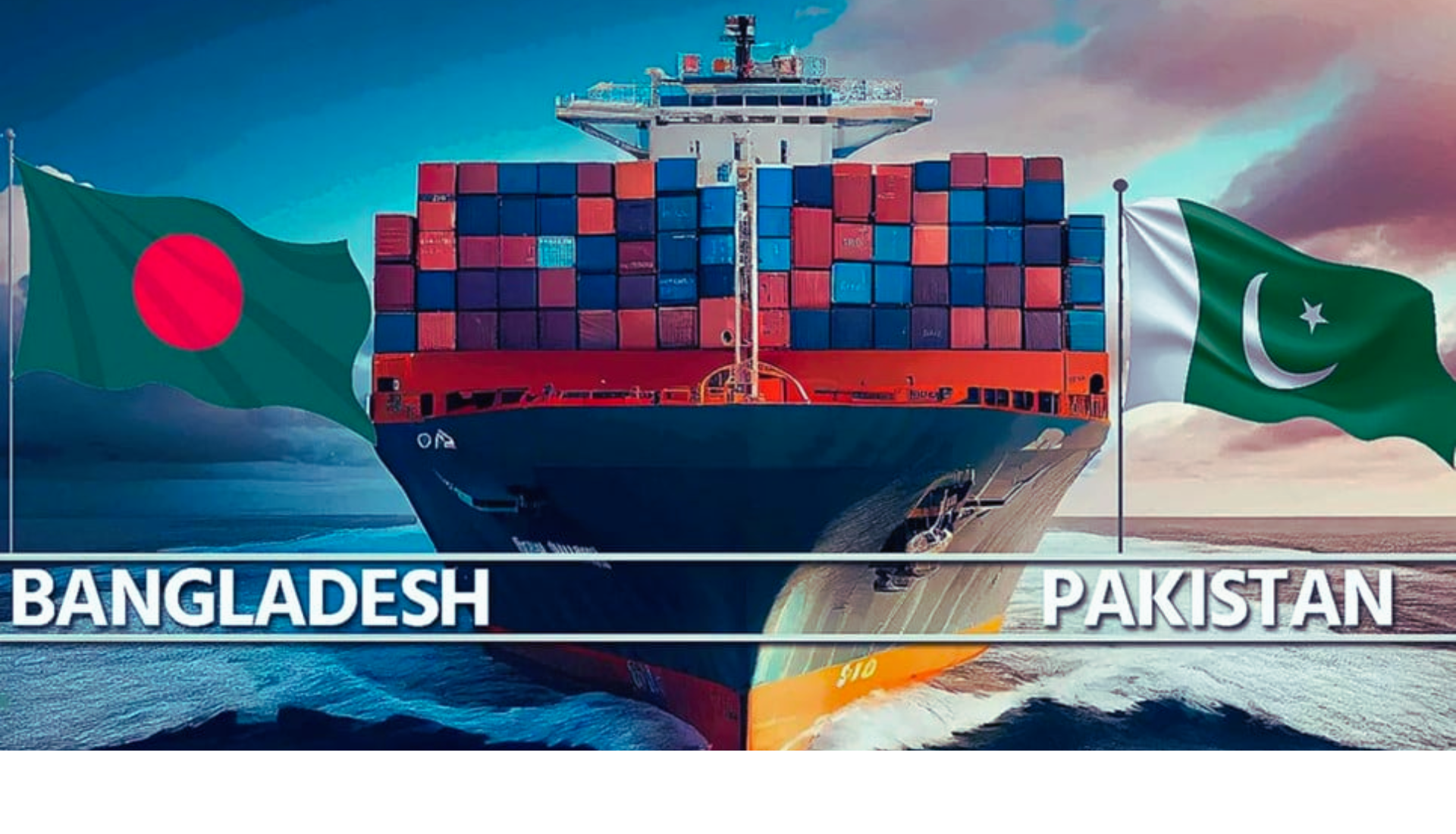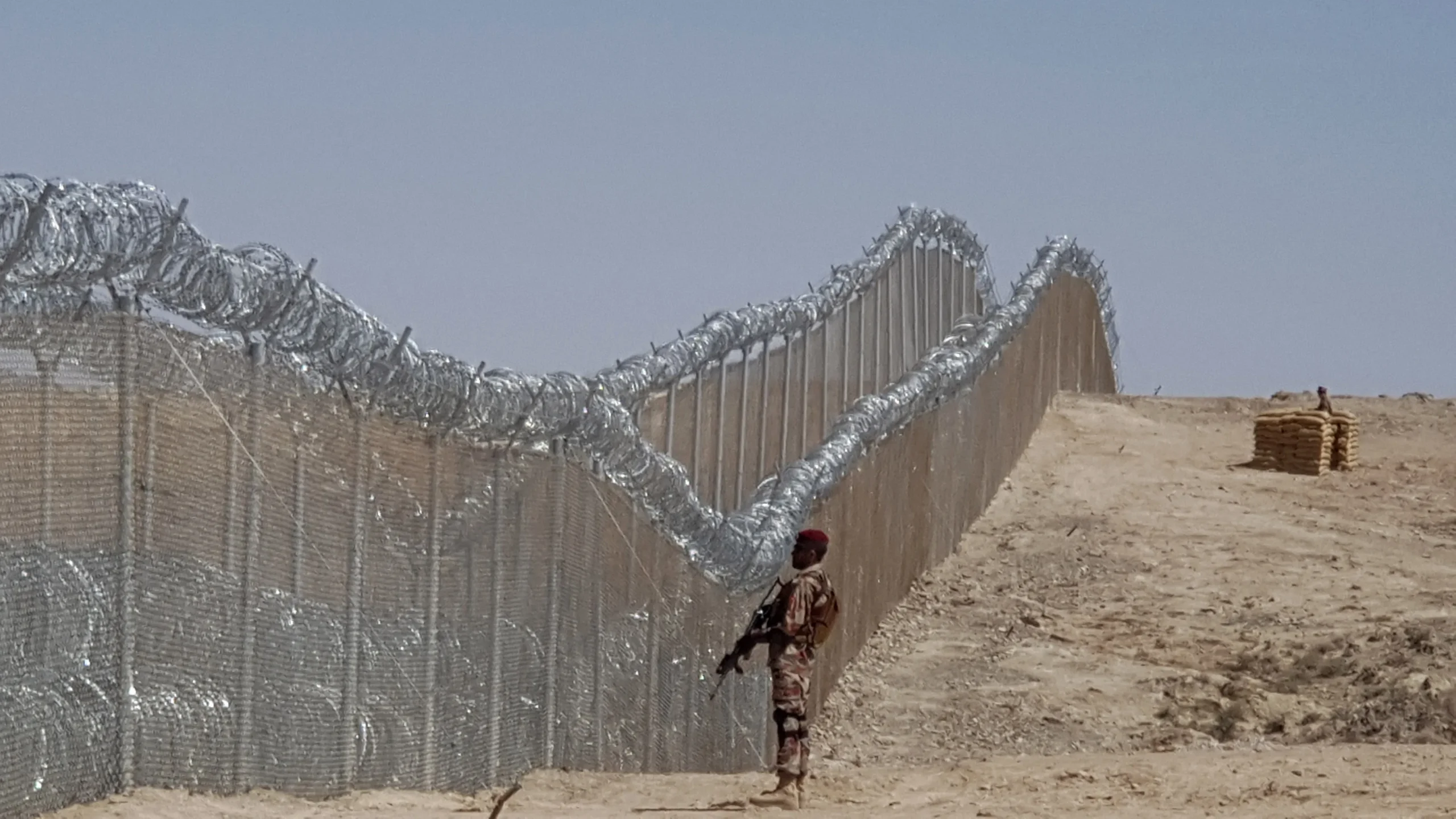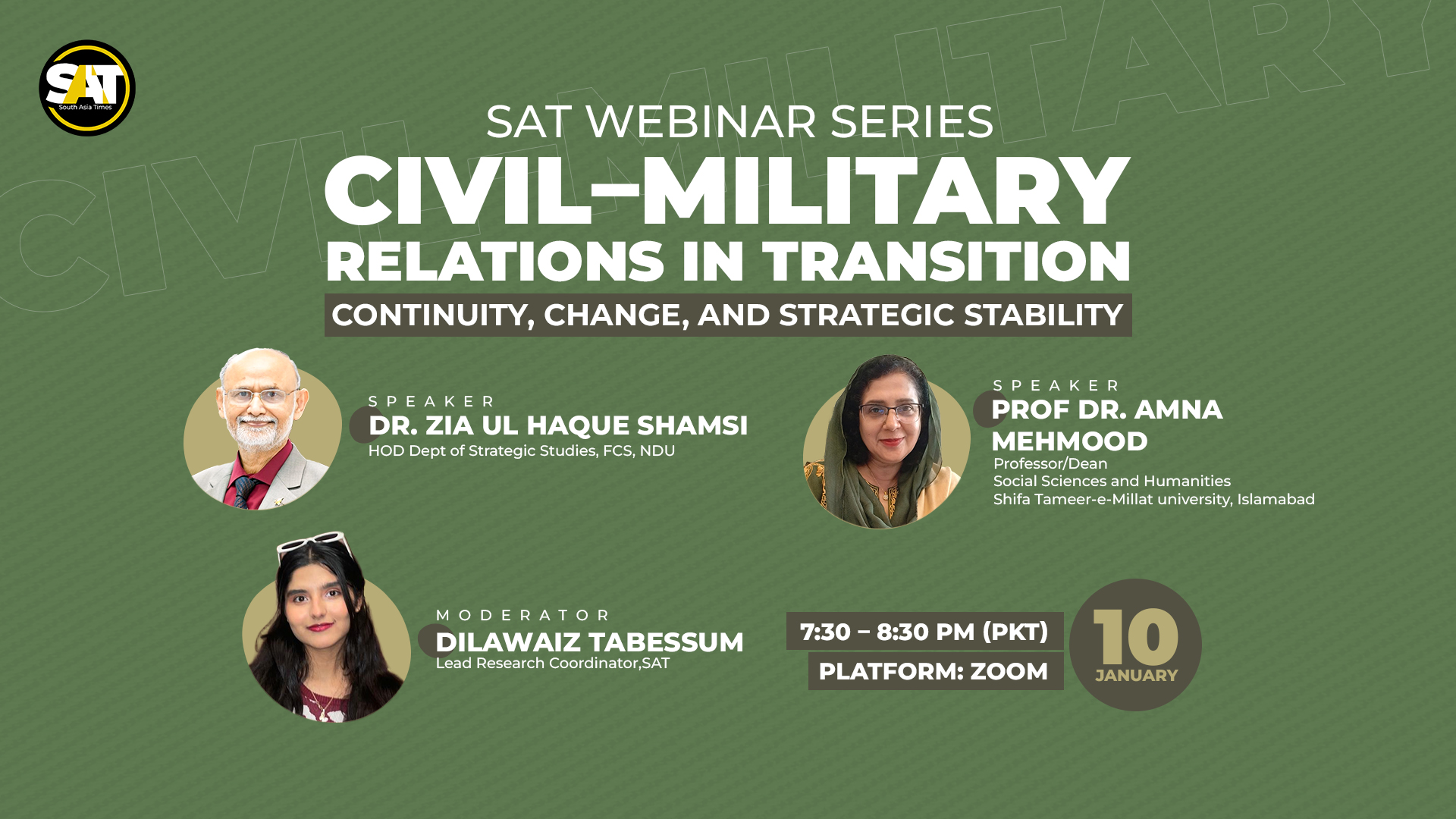A final deal that establishes a fund to aid impoverished countries in coping with the extreme weather events brought on by global warming has been agreed upon by governments at the United Nations Conference of the Parties (COP27) climate summit in Egypt. The UN summit’s Egyptian presidency presented an initial draft of the overall agreement early on Sunday after contentious discussions that went into the night and also summoned a plenary session to drive the document through as the summit’s final, encompassing agreement. Sameh Shoukry, Egypt’s Minister of Foreign Affairs and COP27 president, emphasized the significance of the annual summit, claiming that the task they were able to accomplish over the past two weeks and the outcomes they cooperatively achieved were a testament to the collective will of the community of nations, and to vocalize a powerful message that echoes at present not only in the conference room but around the world: that despite the obstacles and complexities of modern times, the divergence in opinions, the level of ambition or agitation, multilateral diplomacy continues to be effective.
Pakistan’s Experience as a Roadmap
It is noteworthy that the devastation caused by the catastrophic floods brought on by climate change that ravaged the length and breadth of Pakistan at the beginning of the year, incurring losses and damages totaling more than USD 30 billion, was key in bringing this pressing concern back into the limelight.
Pakistan commended the COP27 for reaching this unanimous resolution, calling it a “major victory,” particularly for the Group of 77 (G77) and China, given that developing nations had been calling for such a fund for the past 30 years. Indeed, COP27 saw Pakistan, as Chair of the G77, mobilize support for the fund’s establishment by first incorporating it into the agenda and then advocating for a consensual accord. Remarkably, it was the first time the G77, a group of varied nations facing various climatic, economic, and security challenges, had demonstrated such unanimity since 2009, when they rejected the Copenhagen accord at COP15, according to Asad Rehman of the United Kingdom charity War on Want. Asserting that they would not have achieved the outcome without Pakistan’s leadership, he praised Pakistani diplomats for their expertise in keeping the G77 disciplined and together and thwarting attempts by the European Union and others to turn the Alliance of Small Island States and the Least Developed Countries group against the other countries and accept a limited fund. In what is being deemed a stepping stone toward climate justice, the development is opportune for comprehending what it entails, as well as the highs and lows its trajectory has hitherto involved.
Failures of the Past Summits
In order to achieve climate justice, it is necessary to integrate human rights into development and climate action, adopt a people-centered approach to addressing the issue, fight against social injustice, gender injustice, economic injustice, intergenerational injustice, and environmental injustice, and demand a systemic transformation.
From this vantage point, the Copenhagen accord, which emphasized a strong political commitment to urgently combating climate change per the premise of shared but differentiated responsibilities and distinct capabilities, fell short of its commitments.
Although rich countries pledged to give sufficient, predictable, and sustainable financial resources, technology, and capacity-building to support the execution of adaptation action in developing countries, the agreement itself was neither comprehensive nor legally binding. More prominently, only five nations contributed to the drafting of the accord, which contained no concrete goals for reducing emissions. Additionally, there was no agreement on how much each country would contribute to or get from any funds, and there was no assurance or information provided regarding the source of the climate funds.
Loss and Damage: The Evolving Discourse until COP27
In due time, the Warsaw International Mechanism for Loss and Damage was established by COP19 in recognition that loss and damage include—and in some situations involve more than—that which can be mitigated by adaptation. Since then, it has played a key role in the UNFCCC (United Nations Framework Convention on Climate Change) process for improving information, coherence, action, and assistance to prevent, mitigate, and address loss and damage associated with climate change impacts in poor countries that are particularly susceptible to these negative effects. To facilitate the technical assistance of pertinent organizations, bodies, networks, and experts for the implementation of pertinent approaches for preventing, minimizing and addressing loss and damage at the local, national, and regional levels in vulnerable developing countries, COP25 established the Santiago Network. A number of the Network\’s functions were decided upon at COP26 to facilitate the delivery of need-based technical assistance in developing countries, with civil society pressure playing a critical role in generating and consolidating momentum around loss and damage as part of the ongoing battle for climate justice. As a result, the Glasgow Dialogue between the Parties, related organizations, and stakeholders was established to examine the arrangements for financing such operations.
COP27: An Ambiguous Victory?
Comparatively, the establishment of the fund this year is a major victory for less developed countries.
However, many of the more divisive issues surrounding the fund have been deferred to negotiations, wherein a “transitional committee” will offer recommendations that nations will ultimately endorse at the COP28 climate summit that will take place the following year.
These recommendations will deal with identifying and expanding financial sources, which pertains to the still contentious subject of which nations should contribute to the new “loss and damage” fund. The agreement states that the fund would initially rely on contributions from industrialized nations as well as other private and public sources, including international financial institutions. Although significant growing economies like China would initially not be forced to contribute, the European Union and the United States, which contend that China and other significant polluters now categorized as poor countries have the financial clout and obligation to pay their share, make this a key demand. On the other hand India—the second-largest coal consumer in the world—has pledged net zero emissions by 2070, by prioritizing a phased transition to cleaner fuels and reducing domestic consumption. In ironic contrast, nonetheless, the Indian government is pushing for domestic coal production—more so than ever before—and is even mulling over the possibility of becoming a major exporter.
At a time when the future of the world depends on a dramatic global reduction in carbon dioxide emissions and global leaders continue to make bold statements, it remains to be seen whether the approved deal would actually amplify efforts to ensure true climate justice.






